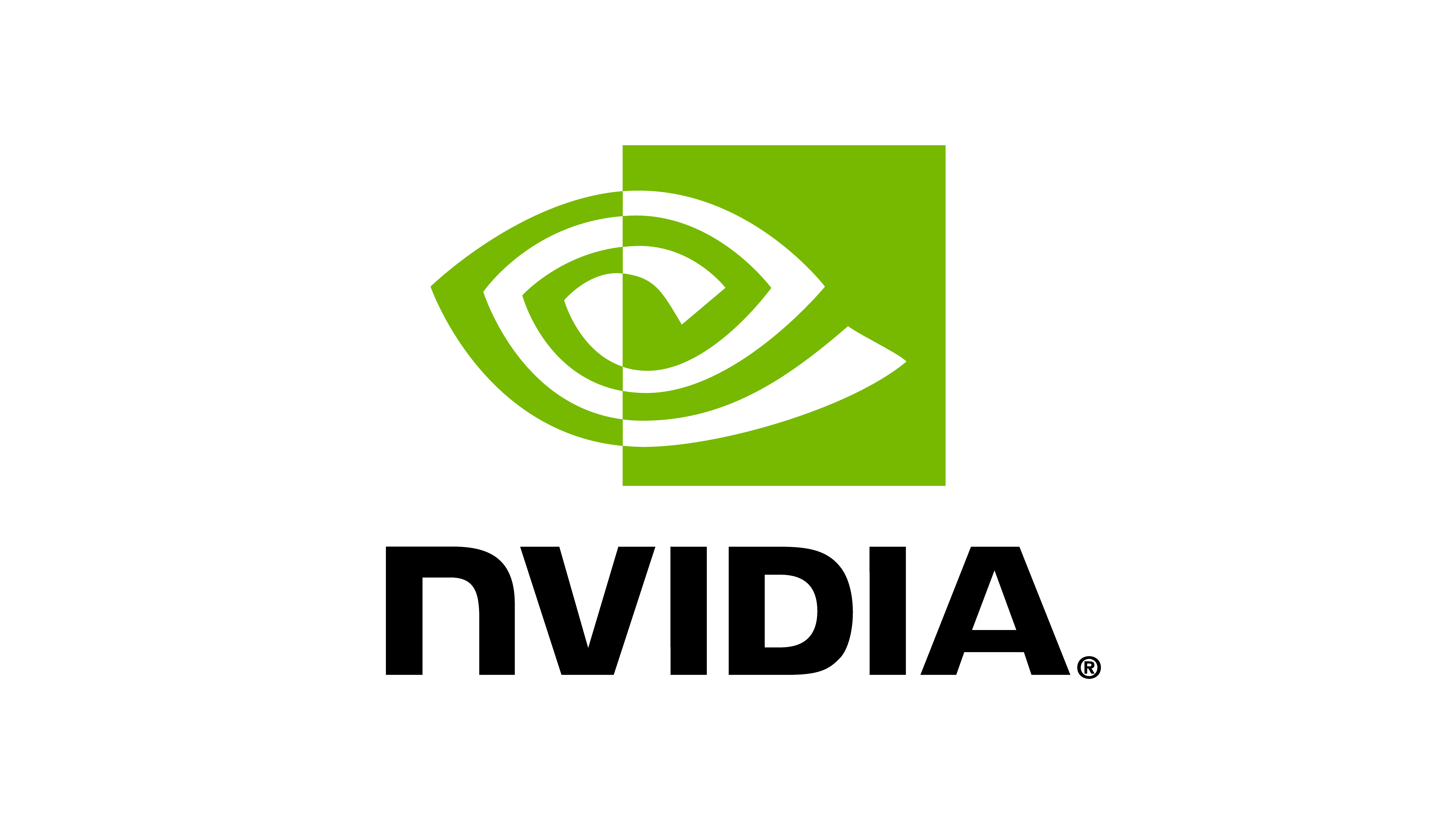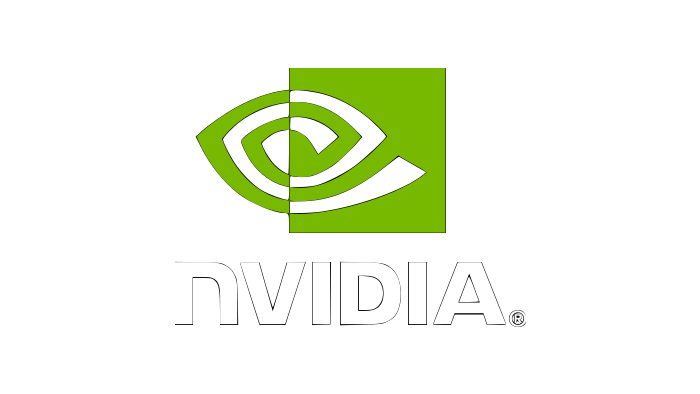Docker Guide#
Caution
Due to the dependency on Isaac Sim docker image, by running this container you are implicitly agreeing to the NVIDIA Omniverse EULA. If you do not agree to the EULA, do not run this container.
Setup Instructions#
Note
The following steps are taken from the NVIDIA Omniverse Isaac Sim documentation on container installation. They have been added here for the sake of completeness.
Docker and Docker Compose#
We have tested the container using Docker Engine version 26.0.0 and Docker Compose version 2.25.0 We recommend using these versions or newer.
To install Docker, please follow the instructions for your operating system on the Docker website.
To install Docker Compose, please follow the instructions for your operating system on the docker compose page.
Follow the post-installation steps for Docker on the post-installation steps page. These steps allow you to run Docker without using
sudo.To build and run GPU-accelerated containers, you also need install the NVIDIA Container Toolkit. Please follow the instructions on the Container Toolkit website for installation steps.
Note
Due to limitations with snap, please make sure
the Isaac Lab directory is placed under the /home directory tree when using docker.
Obtaining the Isaac Sim Container#
Get access to the Isaac Sim container by joining the NVIDIA Developer Program credentials.
Generate your NGC API key to access locked container images from NVIDIA GPU Cloud (NGC).
This step requires you to create an NGC account if you do not already have one.
You would also need to install the NGC CLI to perform operations from the command line.
Once you have your generated API key and have installed the NGC CLI, you need to log in to NGC from the terminal.
ngc config set
Use the command line to pull the Isaac Sim container image from NGC.
docker login nvcr.io
For the username, enter
$oauthtokenexactly as shown. It is a special username that is used to authenticate with NGC.Username: $oauthtoken Password: <Your NGC API Key>
Directory Organization#
The root of the Isaac Lab repository contains the docker directory that has various files and scripts
needed to run Isaac Lab inside a Docker container. A subset of these are summarized below:
Dockerfile.base: Defines the isaaclab image by overlaying Isaac Lab dependencies onto the Isaac Sim Docker image.Dockerfileswhich end with something else, (i.e.Dockerfile.ros2) build an image_extension.docker-compose.yaml: Creates mounts to allow direct editing of Isaac Lab code from the host machine that runs the container. It also creates several named volumes such asisaac-cache-kitto store frequently re-used resources compiled by Isaac Sim, such as shaders, and to retain logs, data, and documents.base.env: Stores environment variables required for thebasebuild process and the container itself..envfiles which end with something else (i.e..env.ros2) define these for image_extension.container.sh: A script that wraps thedocker composecommand to build the image and run the container.
Running the Container#
Note
The docker container copies all the files from the repository into the container at the
location /workspace/isaaclab at build time. This means that any changes made to the files in the container would not
normally be reflected in the repository after the image has been built, i.e. after ./container.sh start is run.
For a faster development cycle, we mount the following directories in the Isaac Lab repository into the container so that you can edit their files from the host machine:
source: This is the directory that contains the Isaac Lab source code.docs: This is the directory that contains the source code for Isaac Lab documentation. This is overlaid except for the_buildsubdirectory where build artifacts are stored.
The script container.sh wraps around three basic docker compose commands. Each can accept an image_extension argument,
or else they will default to image_extension base:
start: This builds the image and brings up the container in detached mode (i.e. in the background).enter: This begins a new bash process in an existing isaaclab container, and which can be exited without bringing down the container.copy: This copies thelogs,data_storageanddocs/_buildartifacts, from theisaac-lab-logs,isaac-lab-dataandisaac-lab-docsvolumes respectively, to thedocker/artifactsdirectory. These artifacts persist between docker container instances and are shared between image extensions.stop: This brings down the container and removes it.
The following shows how to launch the container in a detached state and enter it:
# Launch the container in detached mode
# We don't pass an image extension arg, so it defaults to 'base'
./docker/container.sh start
# Enter the container
# We pass 'base' explicitly, but if we hadn't it would default to 'base'
./docker/container.sh enter base
To copy files from the base container to the host machine, you can use the following command:
# Copy the file /workspace/isaaclab/logs to the current directory
docker cp isaac-lab-base:/workspace/isaaclab/logs .
The script container.sh provides a wrapper around this command to copy the logs , data_storage and docs/_build
directories to the docker/artifacts directory. This is useful for copying the logs, data and documentation:
# stop the container
./docker/container.sh stop
X11 forwarding#
The container supports X11 forwarding, which allows the user to run GUI applications from the container and display them on the host machine.
The first time a container is started with ./docker/container.sh start, the script prompts
the user whether to activate X11 forwarding. This will create a file docker/.container.yaml to store the user’s choice.
Subsequently, X11 forwarding can be toggled by changing __ISAACLAB_X11_FORWARDING_ENABLED to 0 or 1 in docker/.container.yaml.
Python Interpreter#
The container uses the Python interpreter provided by Isaac Sim. This interpreter is located at
/isaac-sim/python.sh. We set aliases inside the container to make it easier to run the Python
interpreter. You can use the following commands to run the Python interpreter:
# Run the Python interpreter -> points to /isaac-sim/python.sh
python
Understanding the mounted volumes#
The docker-compose.yaml file creates several named volumes that are mounted to the container.
These are summarized below:
isaac-cache-kit: This volume is used to store cached Kit resources (/isaac-sim/kit/cachein container)isaac-cache-ov: This volume is used to store cached OV resources (/root/.cache/ovin container)isaac-cache-pip: This volume is used to store cached pip resources (/root/.cache/pipin container)isaac-cache-gl: This volume is used to store cached GLCache resources (/root/.cache/nvidia/GLCachein container)isaac-cache-compute: This volume is used to store cached compute resources (/root/.nv/ComputeCachein container)isaac-logs: This volume is used to store logs generated by Omniverse. (/root/.nvidia-omniverse/logsin container)isaac-carb-logs: This volume is used to store logs generated by carb. (/isaac-sim/kit/logs/Kit/Isaac-Simin container)isaac-data: This volume is used to store data generated by Omniverse. (/root/.local/share/ov/datain container)isaac-docs: This volume is used to store documents generated by Omniverse. (/root/Documentsin container)isaac-lab-docs: This volume is used to store documentation of Isaac Lab when built inside the container. (/workspace/isaaclab/docs/_buildin container)isaac-lab-logs: This volume is used to store logs generated by Isaac Lab workflows when run inside the container. (/workspace/isaaclab/logsin container)isaac-lab-data: This volume is used to store whatever data users may want to preserve between container runs. (/workspace/isaaclab/data_storagein container)
To view the contents of these volumes, you can use the following command:
# list all volumes
docker volume ls
# inspect a specific volume, e.g. isaac-cache-kit
docker volume inspect isaac-cache-kit
Isaac Lab Image Extensions#
The produced image depends upon the arguments passed to ./container.sh start and ./container.sh stop. These
commands accept an image_extension as an additional argument. If no argument is passed, then these
commands default to base. Currently, the only valid image_extension arguments are (base, ros2).
Only one image_extension can be passed at a time, and the produced container will be named isaaclab.
# start base by default
./container.sh start
# stop base explicitly
./container.sh stop base
# start ros2 container
./container.sh start ros2
# stop ros2 container
./container.sh stop ros2
The passed image_extension argument will build the image defined in Dockerfile.${image_extension},
with the corresponding profile in the docker-compose.yaml and the envars from .env.${image_extension}
in addition to the .env.base, if any.
ROS2 Image Extension#
In Dockerfile.ros2, the container installs ROS2 Humble via an apt package, and it is sourced in the .bashrc.
The exact version is specified by the variable ROS_APT_PACKAGE in the .env.ros2 file,
defaulting to ros-base. Other relevant ROS2 variables are also specified in the .env.ros2 file,
including variables defining the various middleware options. The container defaults to FastRTPS, but CylconeDDS
is also supported. Each of these middlewares can be tuned using their corresponding .xml files under docker/.ros.
Known Issues#
Invalid mount config for type “bind”#
If you see the following error when building the container:
⠋ Container isaaclab Creating 0.0s
Error response from daemon: invalid mount config for type "bind": bind source path does not exist: ${HOME}/.Xauthority
This means that the .Xauthority file is not present in the home directory of the host machine.
The portion of the docker-compose.yaml that enables this is commented out by default, so this shouldn’t
happen unless it has been altered. This file is required for X11 forwarding to work. To fix this, you can
create an empty .Xauthority file in your home directory.
touch ${HOME}/.Xauthority
A similar error but requires a different fix:
⠋ Container isaaclab Creating 0.0s
Error response from daemon: invalid mount config for type "bind": bind source path does not exist: /tmp/.X11-unix
This means that the folder/files are either not present or not accessible on the host machine. The portion of the docker-compose.yaml that enables this is commented out by default, so this shouldn’t happen unless it has been altered. This usually happens when you have multiple docker versions installed on your machine. To fix this, you can try the following:
Remove all docker versions from your machine.
sudo apt remove docker* sudo apt remove docker docker-engine docker.io containerd runc docker-desktop docker-compose-plugin sudo snap remove docker sudo apt clean autoclean && sudo apt autoremove --yes
Install the latest version of docker based on the instructions in the setup section.
WebRTC Streaming#
When streaming the GUI from Isaac Sim, there are several streaming clients available. There is a known issue when attempting to use WebRTC streaming client on Google Chrome and Safari while running Isaac Sim inside a container. To avoid this problem, we suggest using the Native Streaming Client or using the Mozilla Firefox browser on which WebRTC works.
Streaming is the only supported method for visualizing the Isaac GUI from within the container. The Omniverse Streaming Client is freely available from the Omniverse app, and is easy to use. The other streaming methods similarly require only a web browser. If users want to use X11 forwarding in order to have the apps behave as local GUI windows, they can uncomment the relevant portions in docker-compose.yaml.

